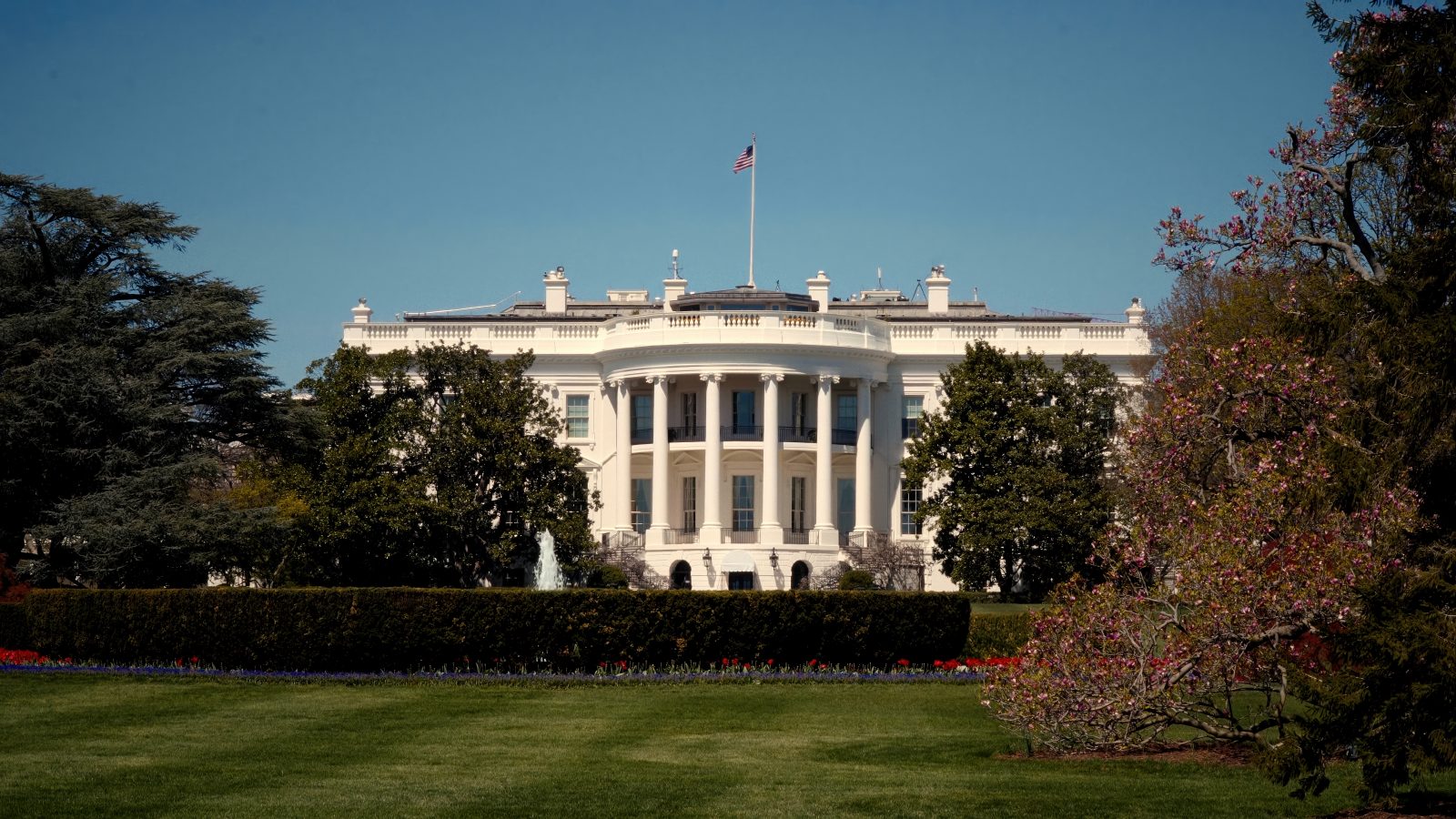Crypto markets may face a regulatory shake-up as the White House evaluates a proposal to grant the IRS visibility into Americans’ foreign crypto accounts under the Crypto‑Asset Reporting Framework (CARF). This potential move would significantly expand the U.S. tax authority’s reach and align the country with a growing global trend toward cross-border crypto tax reporting.
Market Reaction: Quiet But Watchful
Markets are reacting with caution rather than panic. There is no dramatic sell-off in major coins like Bitcoin or Ethereum, but trading desks report slightly softer liquidity as some investors reassess risk. For institutional players, the prospect of increased crypto-account transparency raises questions about compliance costs and tax exposure, particularly for U.S. residents holding assets on offshore exchanges.
Some high-net-worth and professional traders are beginning to re-evaluate their offshore structures. The news may not trigger broad liquidation, but it is prompting a reassessment of whether to retain digital assets on foreign platforms or repatriate holdings to U.S.-based custodians with clearer tax reporting.
Regulatory Implications: CARF Meets IRS Ambition
CARF, developed by the OECD, is designed to enforce automatic information exchange among tax authorities. Implementing CARF for digital-asset brokers would allow the IRS to cross-check data from foreign platforms against U.S. taxpayers’ declared holdings. U.S. taxpayers might be required to report foreign custodial crypto accounts maintained on overseas exchanges. By sharing data reciprocally, the IRS would receive information about U.S. persons’ holdings abroad, while sending data on foreign taxpayers who use U.S.-based platforms. This aligns crypto reporting with traditional financial transparency regimes.
At the same time, the White House suggests that new rules should not impose extra reporting burdens on decentralized finance (DeFi) transactions. Regulators may use phased implementation, with the first CARF-style reporting expected to start around 2027.
Investor Sentiment: A Shift Toward Compliance and Reassessment
From a behavioral perspective, investors appear to be treating the proposal not as a shock but more as a signal to increase compliance readiness. Many U.S.-based traders who once relied on offshore anonymity now must weigh the benefits of foreign exchanges against potential IRS disclosure.
On the institutional side, treasury teams and crypto funds are modeling potential additional tax burdens and administrative overhead. Some are considering restructuring assets or migrating them to regulated U.S. platforms to simplify future reporting. Others are improving recordkeeping in anticipation of a future where cross-border transparency is standard.
Outlook: What to Watch Next
In the coming months, key developments to monitor include whether Treasury and IRS formally propose CARF regulations, how “foreign crypto accounts” are defined, and the timeline for implementation. The initiative could reshape offshore crypto usage, particularly if reporting obligations extend to decentralized providers.
For sophisticated crypto participants, the decision presents both risks and opportunities: proactive planning may minimize tax exposure and regulatory friction, while delayed adaptation could reduce the benefits of existing offshore strategies. This move may mark a significant step in global crypto tax transparency, with implications for U.S. investors in 2026 and beyond.













Leave a comment